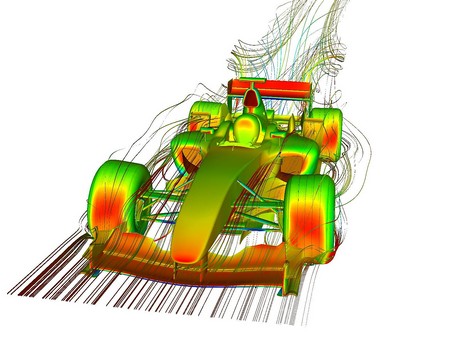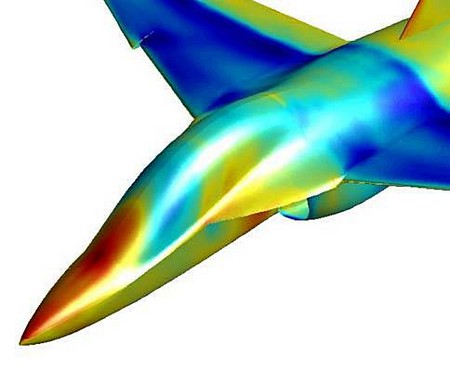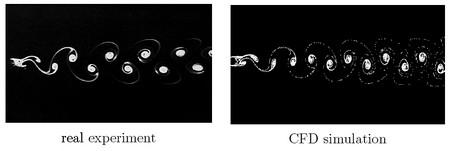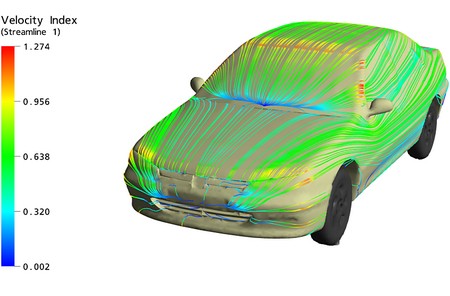Compatible: (3.0L)
2016 - 2021 BMW M2
All GT Series wings feature an all-new, low-drag, aerodynamic 2D designed airfoil shape. The "2D" design allows the wing to maintain a consistent level of downforce across its entire span. Computational Fluid Dynamics (CFD) analysis was performed on this wing to support validation of its aerodynamic design.
Each GT Series airfoil is composed of lightweight and durable carbon fiber reinforced polymer (CFRP) composite materials. These airfoils contain pre-pregnated woven carbon fiber sheets for superior strength and low weight. All CFRP airfoils are made using pre-pregnated composite manufacturing processes (i.e. high-temperature autoclave and vacuum bagging) in high-quality aluminum billet molds.
Gurney flaps are included and pre-installed with every GT-250 wing. These are super lightweight, made using pre-pregnated carbon fiber processes.
Computational Fluid Dynamics (CFD)
What is Computational Fluid Dynamics (CFD):
Computational fluid dynamics is a specialized sub-discipline of fluid mechanics (the study of fluid physics) that involves using algebraic equations to solve fluid flow problems. CFD has origins in the aerospace industry dating back to the 1960s, where companies such as NASA, Boeing, Lockheed, and others developed their own CFD programs to perform the analysis needed for their aircraft designs.
Using mathematical modeling and numerical methods, computations performed using powerful CFD software enable us to quickly predict and simulate what will occur in fluid flow situations (velocity, pressure, density, and temperature vs. time). In comparison to performing experiments in wind tunnel laboratories, CFD allows us to perform simulations in much more cost-effective, virtual laboratories.
CFD in motorsports: CFD is used successfully in all the top levels of motorsports, including Formula One, IndyCar, and even NASCAR. CFD is even used by car manufacturers in the development of many of today's road cars. Companies have invested tens of millions of dollars, if not more, to implement CFD design in their product. As a disclaimer, CFD is not 100% accurate. Many factors can affect the accuracy of CFD simulations, including accuracy of mathematical models, limits in computing power, and the scientist's ability to interpret the data that that comes out of the computer.
CFD is used successfully in all the top levels of motorsports, including Formula One, IndyCar, and even NASCAR. CFD is even used by car manufacturers in the development of many of today's road cars. Companies have invested tens of millions of dollars, if not more, to implement CFD design in their product. As a disclaimer, CFD is not 100% accurate. Many factors can affect the accuracy of CFD simulations, including accuracy of mathematical models, limits in computing power, and the scientist's ability to interpret the data that that comes out of the computer.
Despite its lack of total accuracy, modern-day aerodynamic design could not have progressed to its current state without the help of CFD. The results of CFD-developed automotive products are real, and can easily be seen in both race cars and road cars.

Warranty:










